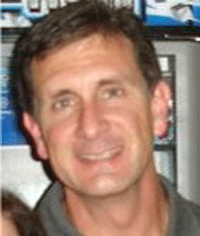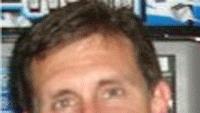Need for innovation is great in the public sector

As the past president of the American Society of Inventors, I’d say that the public sector offers as many opportunities for inventors as other areas. Our members would frequently bring to us ideas and inventions used in public service or military environments for evaluation. But our members — even those members who had the education, knowledge and creativity to make an impact — didn’t often independently address major global issues.
I don’t have any research on this, but it stands to reason that innovation in the public sector can impact more lives and is able to improve our world more rapidly and more broadly than in many other areas of innovation. It also can be said that given the scale of just our governmental and military entities, a large percentage of innovations have an impact in the public sector. Innovation with energy reduction and alternatives helps the government and can reduce our tax burden; innovation with building science helps the government (because there are so many buildings used in governmental operations); innovation with business processes helps the government (eventually); and so does innovation in transportation, food production, information technology, communications and nearly every other area of our lives. Of course, without proper testing and attention to potentially negative consequences, those innovations can unknowingly create serious problems for us, too.
The scale of the problems in the public sector are great, and the solutions are rarely simple, so typically the solutions are best formed by teams of people with the breadth of experience and knowledge to synthesize something new and better. These teams often come from within the public sector or universities, or they are formed by businesses to address solutions commissioned by the public sector through government requests for proposal, grants or other awards.
Independent inventors, like many of our members, would find it difficult to effectively harness as a team without some way to weave the many ideas together to form a comprehensive and cohesive solution. Recall the recent public gathering of ideas for the capping of the Deepwater Horizon well on the floor of the Gulf of Mexico.
I remember many people falsely believing that their ideas were either chosen or they should have been chosen, when to experts, it was either a fairly obvious approach and the engineers had already thought of it, or it sounded feasible until you took into account the distance to the ocean floor and the extreme conditions present there and on a rolling sea. Public sector problems usually present complex conditions and large numbers of variables, and without governmental influence and incentives, the problems likely will continue to be viewed as too big for individuals or small businesses to address.
Brett Strouss is past president of the Philadelphia-based
American Society of Inventors. He is president of Malvern, Pa.-based
Visionary Tech, Inc., which develops and licenses new and innovative products for itself and others. The company also provides services for identifying opportunities for new products, new markets and new services.




















